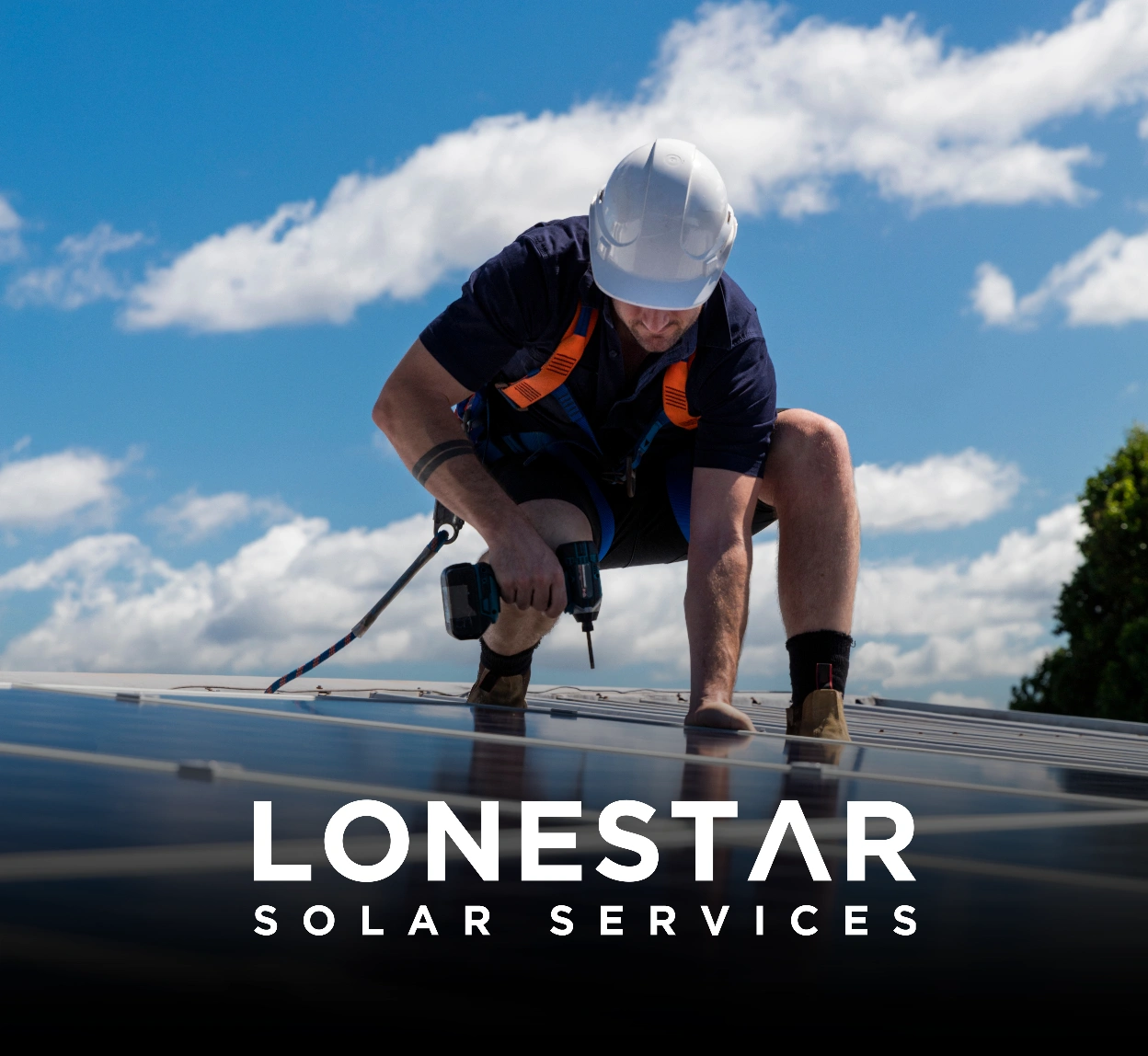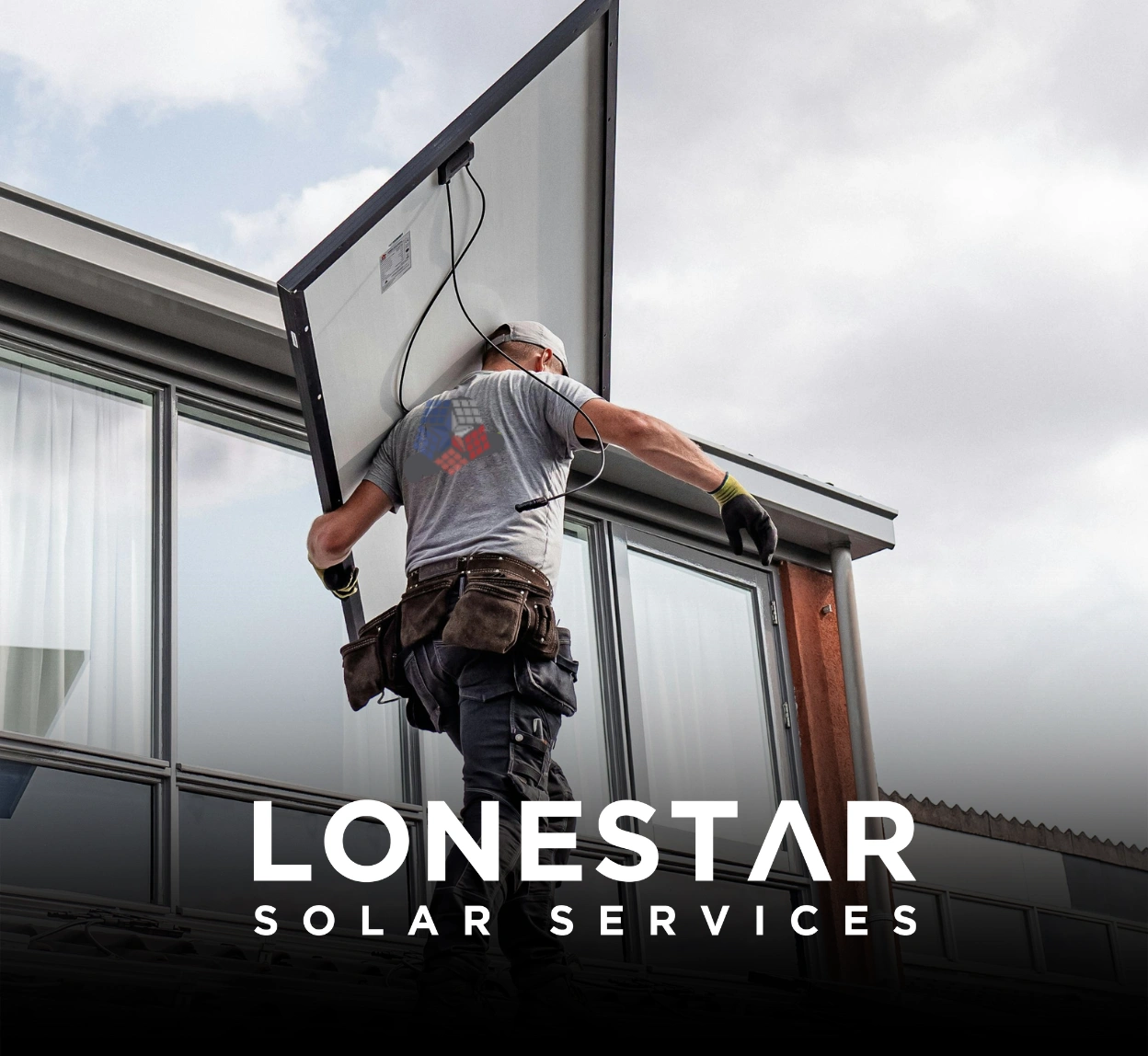Step-by-Step Guide to Complete IRS Form 5695 for Energy Credits (2025 Edition)
Learn how to claim your home energy tax credits with IRS Form 5695 before these federal incentives expire at the end of 2025.

This guide will walk you through completing IRS Form 5695 to claim residential energy tax credits. As 2025 is the final year for several key credits, you'll also find crucial updates on looming deadlines and recent legislative changes. Act now to secure your credits before they expire!
What’s New in 2025?
Major Deadline Alert:
- The federal Residential Clean Energy Credit (30%) expires for homeowners on December 31, 2025. There is no phase-out period. Systems must be installed and operational by the end of 2025 to qualify. No credit will be available for projects completed after this date.
- New requirements for energy efficient home improvements: Some items now require a qualified manufacturer code when claiming the credit.
Types of Credits on Form 5695
- Part I: Residential Clean Energy Credit
- Solar panels, solar water heaters, small wind turbines, geothermal heat pumps, battery storage (≥3 kWh), and fuel cell property.
- Part II: Energy Efficient Home Improvement Credit
- High-efficiency windows, doors, insulation, air conditioners, heat pumps, water heaters, etc.
Essentials Before You Begin
- Only homeowners who own (not lease) their system may claim credits.
- Claim credits only for the year the system is placed in service (not just purchased).
- Collect receipts, manufacturer certifications, and, if required, qualified manufacturer (QM) codes.
Let's Go Step-by-Step:
1. Download and Gather Needed Documents
- Get the latest IRS Form 5695 and its official instructions.
- Collect receipts, product certifications, and energy audit reports (if needed).
2. Complete Part I: Residential Clean Energy Credit
- Line 1-5: Enter costs for qualified property: solar electric, solar water heating, wind, geothermal, battery storage, fuel cells.
- Tip: Labor costs for installation count.
- Battery Storage: Must have minimum 3kWh capacity.
- Lines 6-11: Add any carryovers from last year if applicable.
- Line 12: Add up all qualifying costs.
- Line 13: Multiply by 30% (0.30) to calculate the credit.
- Line 14: Check your tax liability; your credit cannot exceed your total tax due.
- Line 15: Enter the smaller of your calculated credit or your tax liability.
- Line 16: If you have excess credit, you may be able to carry it forward to 2025 (note: carryforward rules may be restricted due to the program ending).
3. Complete Part II: Energy Efficient Home Improvement Credit
- Enter the address of improvements.
- Lines 17-23: Enter costs for eligible items: windows, doors, insulation, energy audits, etc.
- Lines 24-30: Follow annual dollar limits for each category (e.g., $1,200 total annually; $2,000 for certain heat pumps and water heaters).
- Manufacturer Requirements (NEW): For 2025, include the 4-digit Qualified Manufacturer (QM) code for each item claimed when required.
4. Final Steps
- Attach Form 5695 to your federal tax return (Form 1040 series).
- Keep all documentation -especially for 2025, since new compliance rules and possible IRS follow-up are expected.
- Claim the credit for the year in which the property was officially placed in service (use the date you received permission to operate, if relevant).
Key Deadlines and Reminders
- December 31, 2025: Last day for homeowners to have a new solar, wind, geothermal, or qualifying battery system operational and eligible for the 30% credit.
- Equipment must be installed AND operational -simply placing an order or making a deposit does not qualify.
- No credits for systems completed after this year.
- Apply the QM code requirement for home improvement claims in 2025.
Frequently Asked Questions
Can I claim credits for leased systems?
No. Only homeowners who purchase and own their systems can claim these credits.
How do I handle multiple properties?
File a separate Form 5695 for each home, and attach all to your tax return. See instructions for details on joint occupancy rules.
Can I carry forward unused credits?
For 2025, carryforward of residential clean energy credits may be limited or eliminated, given the expiration of the credit after this year.
Additional Tips
- Contact your contractor and request documentation for all eligible items, including product certifications and, if required, QM codes.
- Consult a tax professional if your energy property or improvements are complex, or if you're unsure about eligibility in the final year.
Sources:
- https://www.greenlancer.com/post/solar-energy-tax-credit-2025
- https://www.energysage.com/solar/solar-tax-credit-explained/
- https://www.solar.com/learn/trump-and-the-fate-of-the-30-solar-tax-credit/
- https://www.nerdwallet.com/article/mortgages/the-solar-tax-credit-is-ending
- https://www.energystar.gov/about/federal-tax-credits
- https://www.currentfederaltaxdevelopments.com/blog/2025/1/17/irs-issues-updated-energy-efficient-home-improvement-credit-and-the-residential-clean-energy-property-credit-frequently-asked-questions
- https://www.irs.gov/pub/irs-pdf/f5695.pdf
- https://www.irs.gov/instructions/i5695
- https://www.irs.gov/forms-pubs/about-form-5695
- https://www.irs.gov/credits-deductions/energy-efficient-home-improvement-credit
- https://www.taxact.com/support/797/form-5695-residential-energy-credits
- https://www.irs.gov/credits-deductions/residential-clean-energy-credit
- https://www.nerdwallet.com/article/taxes/energy-efficient-home-improvement-credit
- https://www.youtube.com/watch?v=DugjoqZrAnI
- https://www.irs.gov/pub/taxpros/fs-2025-01.pdf
- https://homes.rewiringamerica.org/federal-incentives/25d-rooftop-solar-tax-credit
- https://www.greenlancer.com/post/form-5695?707e5c93_page=1
- https://pdfguru.com/forms/5695-form
- https://www.npr.org/2025/07/16/nx-s1-5462190/trump-tax-credit-solar-ev-heat-pump
- https://turbotax.intuit.com/tax-tips/home-ownership/energy-tax-credit-which-home-improvements-qualify/L5rZH56ex











